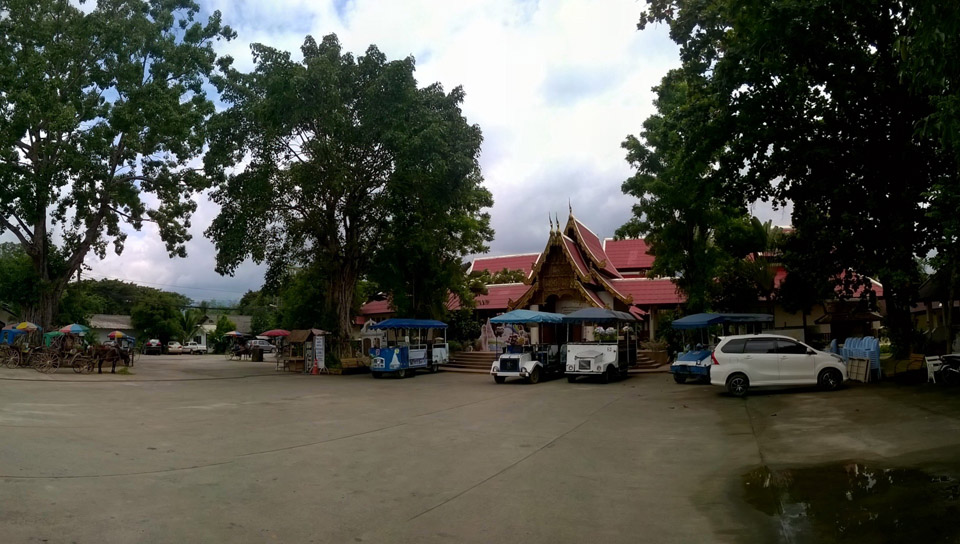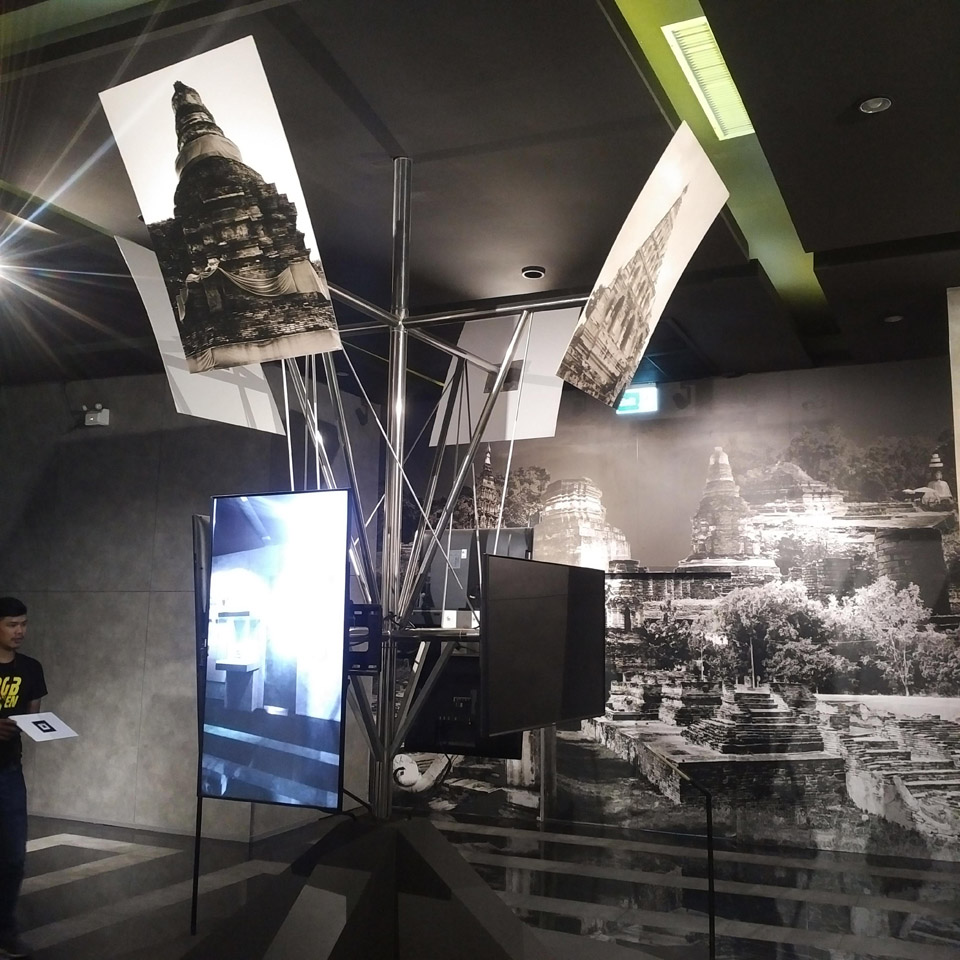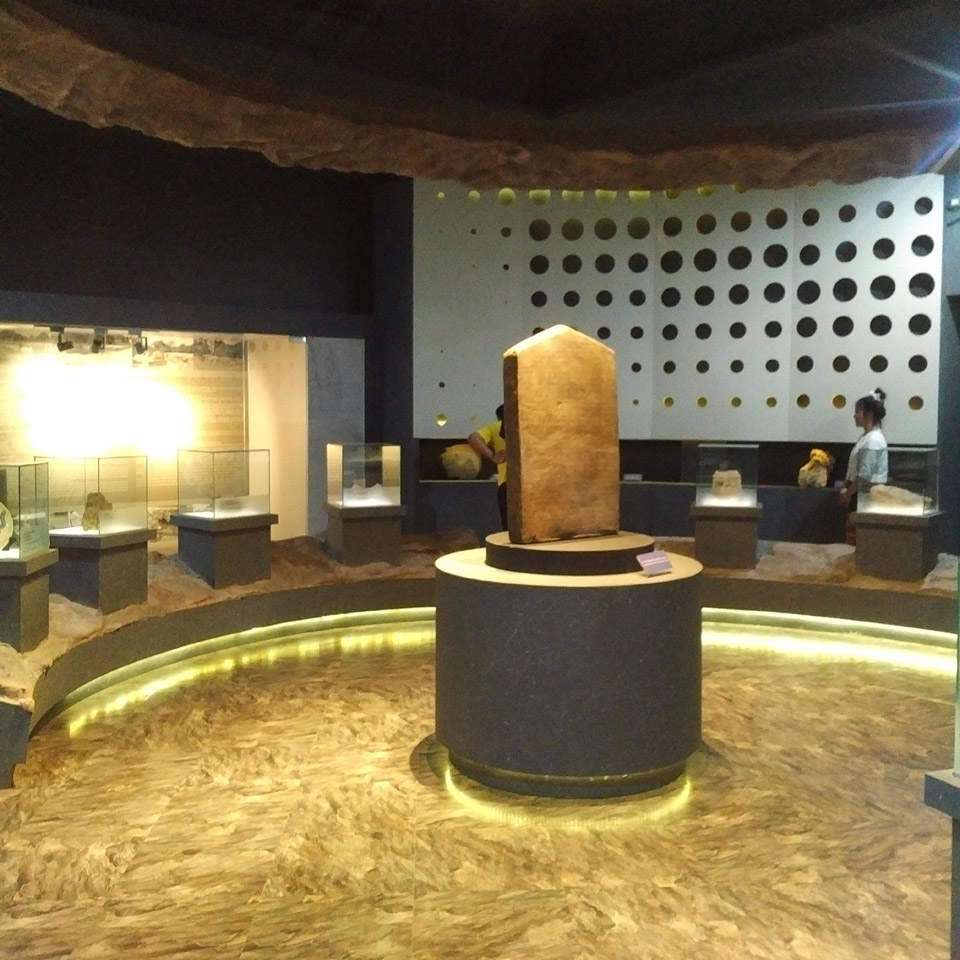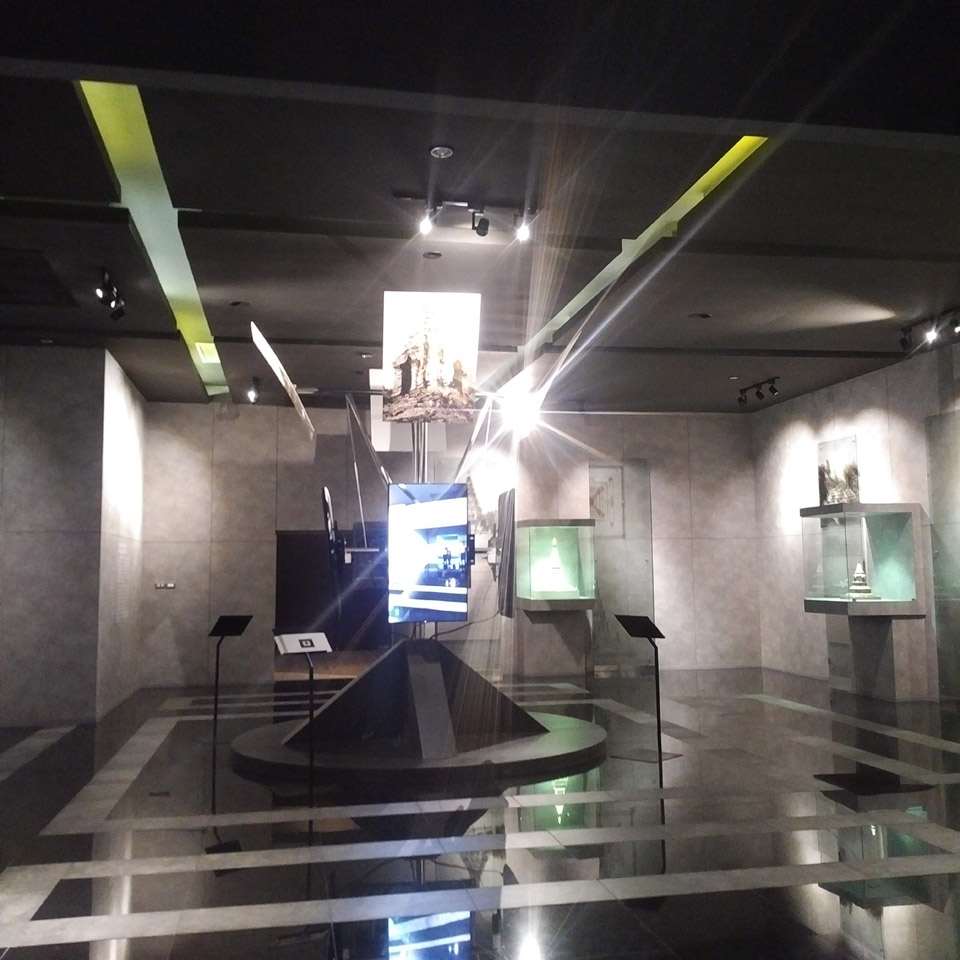Wiangkumkam Information Center
- 142/2 M.2 Veng KhumKam rd., Nong Hoi, Muang DistrictChiangmai 50000
- 053-140-322
-
- Every Day 08:30-16:30
- https://www.facebook.com/WiangkumkamInformationCen...
- #Information Center
-
GPS : 18.7445474, 98.9943682 (Open Google Map) | Turn off your location
Wiang Kum Kam
Between the old and the present courses of the Ping River, 5 km south of Chiang Mai, the ancient city of Wiang Kum Kam was discovered. The city once prospered in a 3 km2 area that is now Tambon Thawangtan and Tambon Nongpung in Amphur Sarapee, and in Tambon Bahdad and Tambon Nonghoi, which are part of Amphur Muang.
Documentary evidence has accounted for the royal lineage, legends, antiques, and ancient remains of Wiang Kum Kam. The archaeological findings indicate that there was an ancient settlement in this area before the time of Lanna, (before the mid 13th century). Archaeological evidence discovered at Wat Chang Kham, such as engravings, Buddhist images, and earthenware etc. were all in the Hariphunchai and Lanna styles, indicate that this area was once the locality of the Shaicob community (periphery) in the Hariphunchai region, which remained inhabited until the rise of the Lanna Kingdom.
After King Mhangrai had established himself as the first king of Lanna, he was able to expand his empire by acquiring the city of Hariphunchai in 1281 A.D. King Mhangrai then established the city of Wiang Kum Kam during the years of 1286-1295. While governing Wiang Kum Kam, the King was actively encouraging Buddhism as a means of creating a peaceful society for his people. He established trade contacts with other neighboring regions, and enacted the ‘Mhangrai Sastra’ (King Mhangrai’s Law Code) as a guide for governing the citizens. Thus, King Mhangrai’s people began to prosper, especially in agriculture. They began to trade with other regions, and they demonstrated their faith in Buddhism by constructing Buddhist temples.
In the year 1296 A.D. King Mhangrai established the city of Chiang Mai. He intended for Chiang Mai to become the center of the Lanna region, while keeping the southern city of Wiang Kum Kam as a twin capital city. Many stone inscriptions revealed some of the history of Wiang Kum Kam. The inscriptions indicate that Wiang Kum Kam was once a large community, equal in population to Chiang Mai at the time.
This prosperity continued until a significant change occurred when the Ping River changed its course at a point where it flowed from the north to the west very near to Wiang Kum Kam. However, according to the evidence recovered from the soil layers of Wiang Kum Kam by the Fine Arts Department, it is clear that the destruction and abandonment of Wiang Kum Kam was not initially caused by floods. Rather, it was primarily caused by the upheaval of war, which occurred as Myanmar sought to acquire Chiang Mai and Lanna. Myanmar forcibly relocate the people of Wiang Kum Kam as slave labor. The city was left uninhabited. Gradually, the city was transformed into a forested area. Subsequently, the continuous floods and currents of the Ping River eventually covered the precinct of Wiang Kum Kam with 1-2 meters of sediment.
The old area of Wiang Kum Kam had now become a farming and agricultural area. The largest expansion of people living in the area of the Wiang Kum Kam community occurred just ten years ago. As people arrived, they began planting Longan trees, and many did not realize that ancient relics were also buried in the area. The ancient remains of Wiang Kum Kam include much remarkable archaeology in the area of the Ping River. The Fine Arts Department has discovered 42 historical monuments both inside and outside the city periphery. Some areas have already become popular historical tourist attractions of Chiang Mai.
REF wiangkumkam.com



